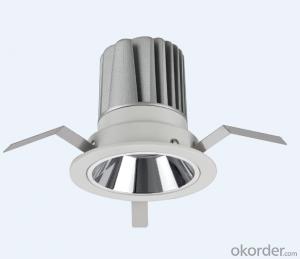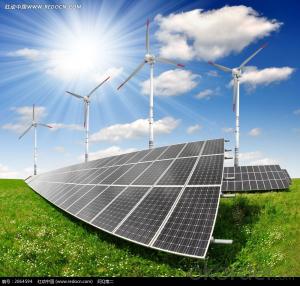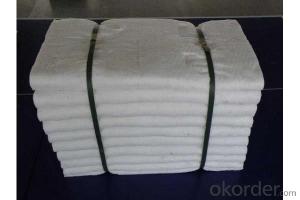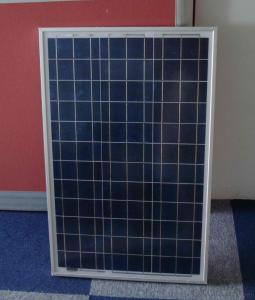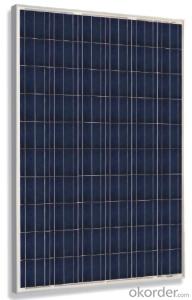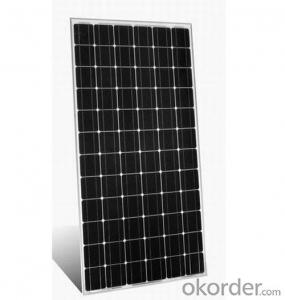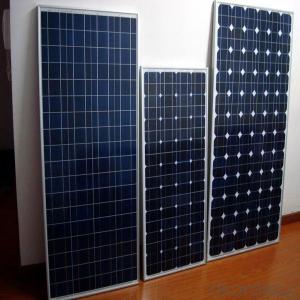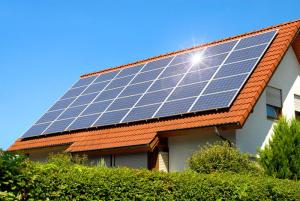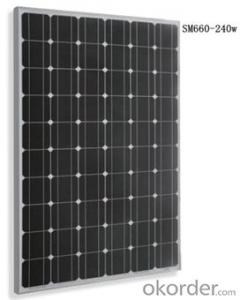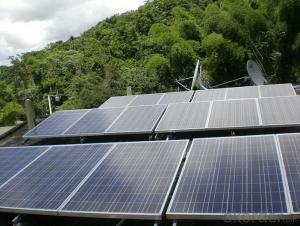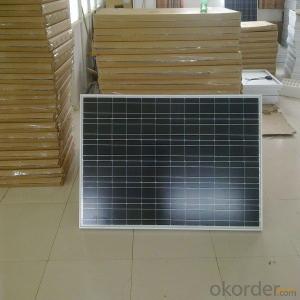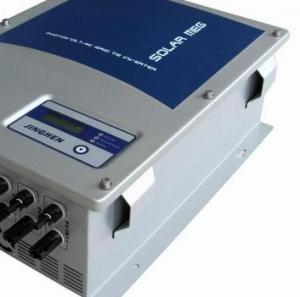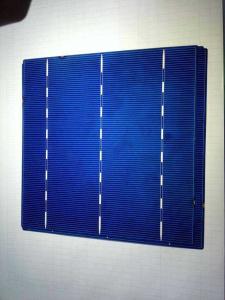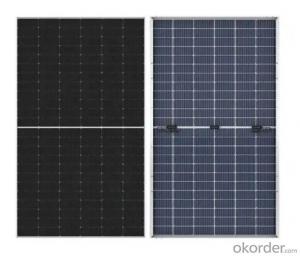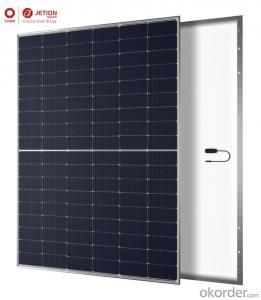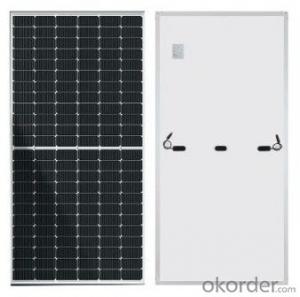Vikram Solar Module
Vikram Solar Module Related Searches
Bottom Solar Led Module Solar Light Module Solar Module Construction First Solar Series 6 Module Solar System Module Solar Power Management Module Solar Power Module Black Solar Module Bosch Solar Module C-Si M 60 Solar Battery Charger ModuleHot Searches
China Ac Module Solar Panel China Solar Ac Module China Solar Module Prices China Solar Module Solar Module China Ac Module Solar Panel Price Solar Inverter Panel Price Solar Panel Module Price Solar Module Wholesale Price Solar Module Price Per Watt First Solar Module Price Solar Module Price Increase Solar Module Price Solar Panel Inverter Size Solar Panel Module Size Solar Panel Inverter Suppliers Solar Panel Module Types Solar Inverter Solar Panel Tesla Solar Panel Inverter Solar Hot Water Collectors For SaleVikram Solar Module Supplier & Manufacturer from China
Okorder.com is a professional Vikram Solar Module supplier & manufacturer, offers integrated one-stop services including real-time quoting and online cargo tracking. We are funded by CNBM Group, a Fortune 500 enterprise and the largest Vikram Solar Module firm in China.Hot Products
FAQ
- Solar panels are costly.Do you know any inexpensive way?So that i can make one of my own.
- you could use a water container with the sun focased on it and make it so that the water that gets heated goes out of a tube near the middle and the tube would lead to a turbine that generates electricity when water is forced through the tube( like an IV machine pump they use in hospitols only reversed so that it generates power instead of using power) then lead the tube back to the very top to release the water. PS basic principle behind idea is that water moves when heated and slows when cooled HARNESS THAT ENERGY
- can solar panels be on houses? malls?stores? WHAT ABOUT TRAINS?
- Solar panel is an alternative source of energy. Solar panels are like plants, they take energy from sunlight. Only in solar panels, electricity is produced instead of oxygen. This electricity is used to power homes just like cable electricity.
- Solar panels can positively impact the power grid by producing clean and renewable energy. When connected to the grid, excess electricity generated by solar panels can be fed back into the system, reducing the overall demand for traditional fossil fuel-based power sources. This not only helps in reducing greenhouse gas emissions but also decreases the strain on the power grid, making it more reliable and sustainable.
- I need to know how Solar panels work please help me!! Also, if you know any other additional important information about Solar Energy in General please tell me, Thanks.
- The most important parts of a solar cell are the semiconductor layers, this is where the electron current is created. There are a number of different materials available for making these semiconducting layers, and each has benefits and drawbacks. Unfortunately, there is no one ideal material for all types of cells and applications. In addition to the semiconducting materials, solar cells consist of a top metallic grid or other electrical contact to collect electrons from the semiconductor and transfer them to the external load, and a back contact layer to complete the electrical circuit. Then, on top of the complete cell is typically a glass cover or other type of transparent encapsulant to seal the cell and keep weather out, and a antireflective coating to keep the cell from reflecting the light back away from the cell. A typical solar cell consists of a cover glass, a anti-reflective layer, a front contact to allow the electrons to enter a circuit and a back contact to allow them to complete the circuit, and the semiconductor layers where the electrons begin to complete there voyages! The solar panels, in order to generate power, are using the method of screen-printing, a technique developed for printing fabrics, paper and to produce plastic, glass and metal solar cells. The basic materials of a photovoltaic cell (solar cell) are inexpensive. The homemade solar cells have about /4 of the efficiency of commercial silicon solar cells, which turn 0-20 per cent of light energy into electricity. But, being cheap to produce, they can make up the loss in quantity what they lack in quality.
- Yes, solar panels can be used in areas with high levels of seismic activity. However, it is crucial to ensure that they are designed and installed to withstand earthquakes and other seismic events. Specialized mounting systems and structural reinforcements can be employed to enhance the resilience of solar panels in such areas, reducing the risk of damage or failure during seismic activity.
- nan
- All solar photovoltaics drop in efficiencies with higher temperatures but it isn't the 45+ C you have to worry about but rather the heat from the sunlight striking the panels. There are hybrid systems which passes water in pipes attached to the back of the solar panels to cool the panels and preheat the water for solar thermal collectors. The difference between mono-crystalline and poly-crystalline are that mono-crystalline are more efficient and more costly to make.
- Monocrystalline solar panels are made from a single crystal structure, typically silicon, which results in a higher efficiency and sleeker appearance. Polycrystalline solar panels, on the other hand, are made from multiple silicon fragments, making them less efficient but more cost-effective.
- Yes, solar panels can be installed on beach resorts. In fact, beach resorts are an ideal location for solar panel installations due to their large open spaces, ample sunlight, and potential for reduced electricity costs. Installing solar panels on beach resorts can help them become more sustainable, reduce their carbon footprint, and contribute towards a cleaner and greener environment.



